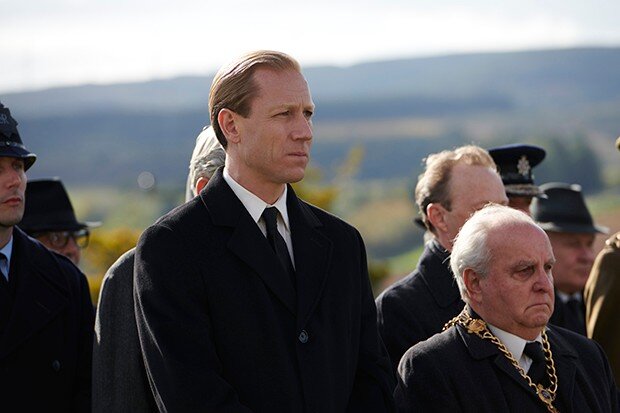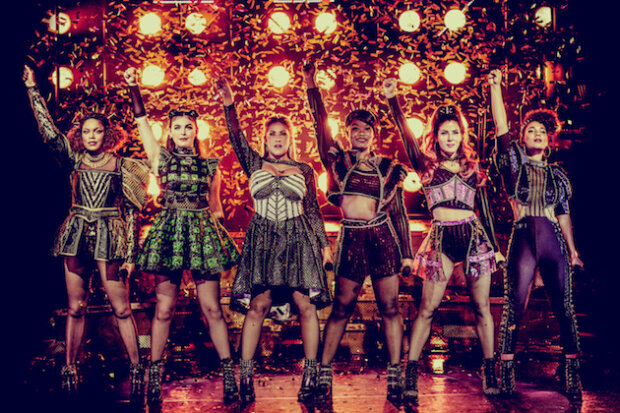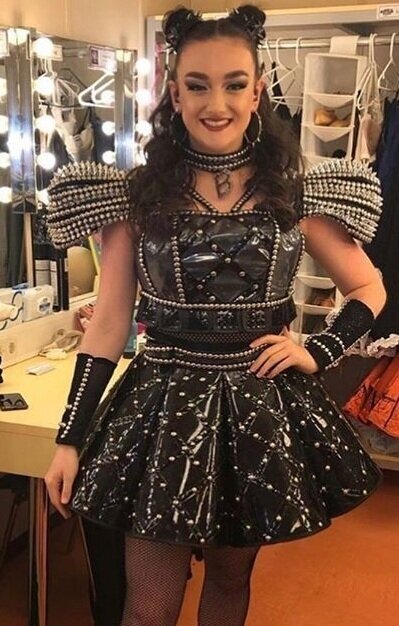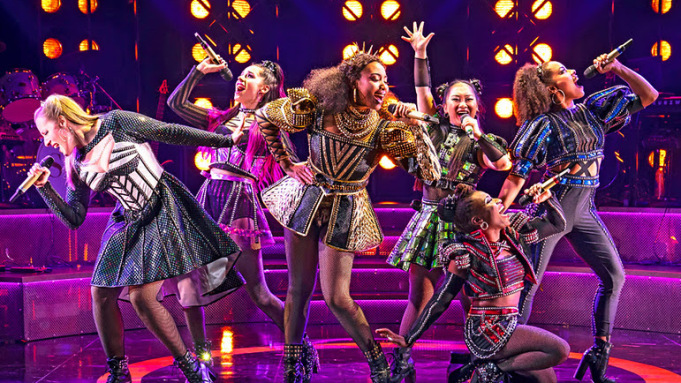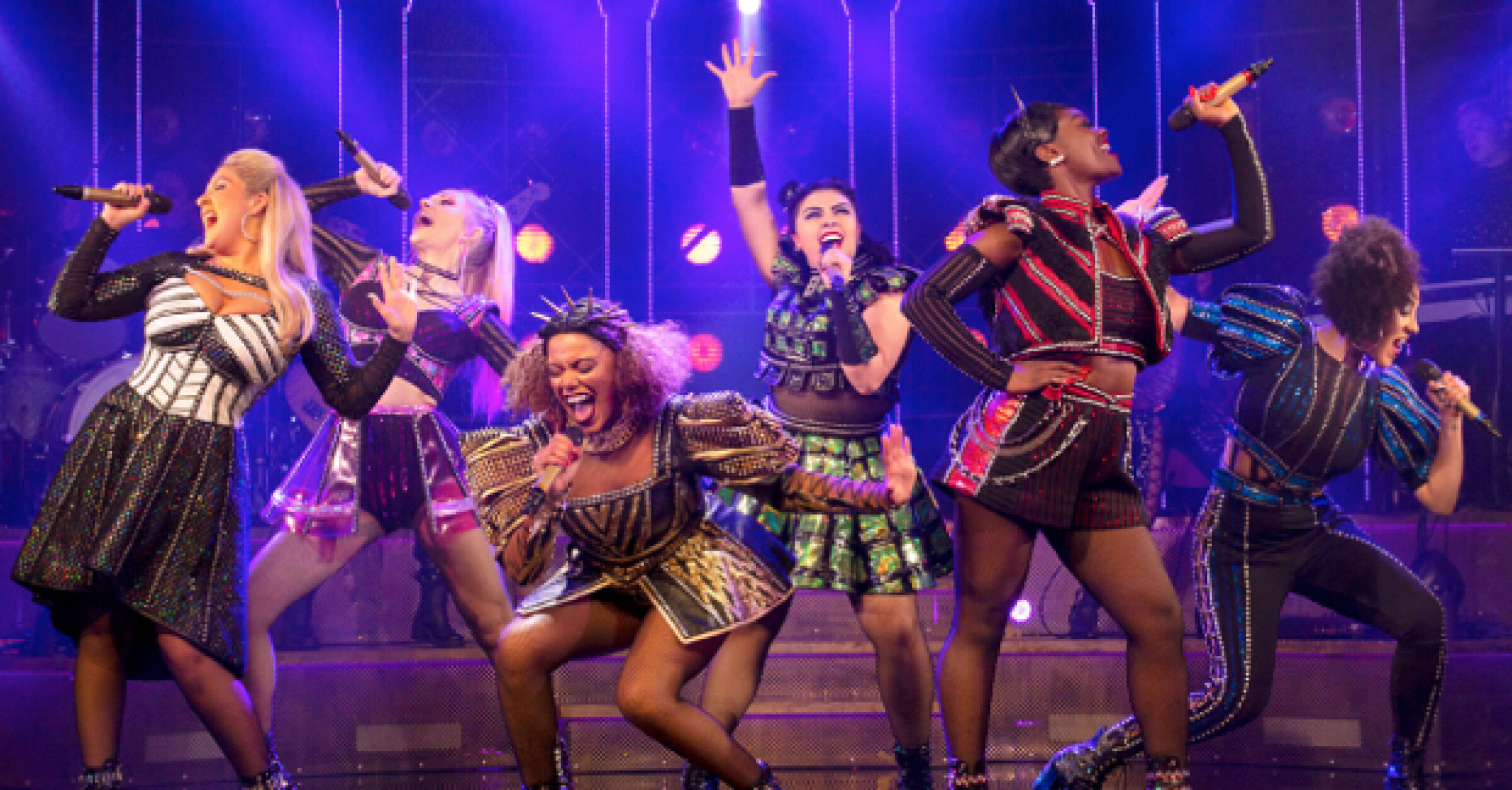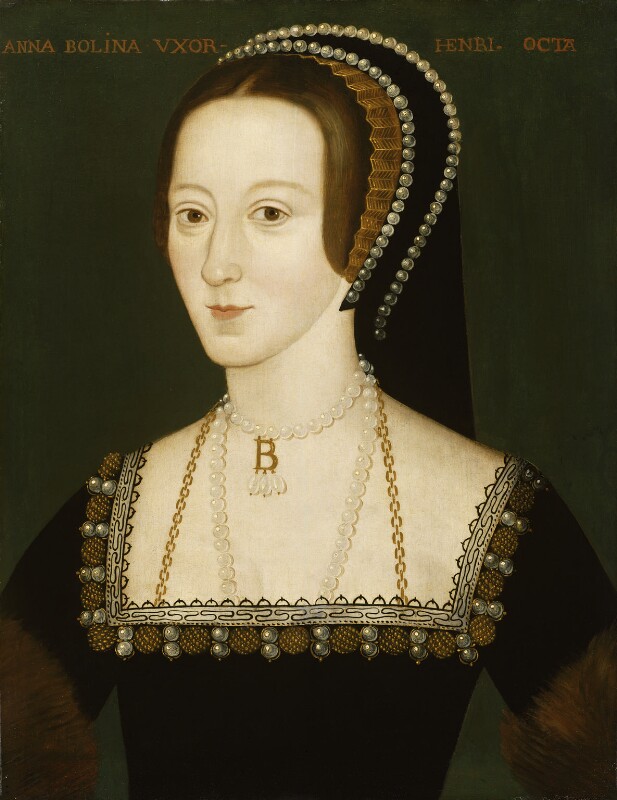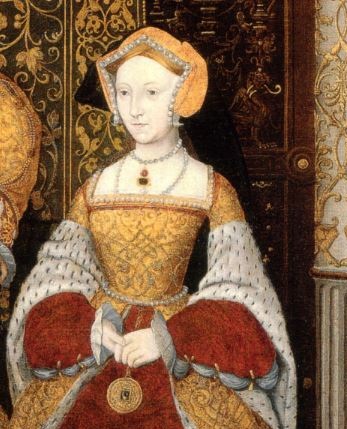Over-Analyzing the Crown: S3E4 Bubbikins
All My Posts on The Crown
S3: 1 & 2: “Olding” & “Margaretology” 3: “Aberfan” 4: “Bubbikins, 5: “Coup” 6: “Tywysog Cymru” 7: “Moondust" 8: “Dangling Man” 9: “Imbroglio” 10: “Cri de Coeur”
S4: 1: “Gold Stick” 2: “The Balmoral Test” 3: “Fairytale” ( + Cinderella References) 4: “Favourites” 5: “Fagan” 6: “Terra Nullius” 7: ”The Hereditary Principle” 8: “48:1” 9: “Avalanche”
The Medals, Sashes, and Tiaras of The Crown; Tiaras/Crowns Overviews: Season 1 ; Season 2
Princess Alice in The Crown, played by Jane Lapotaire
Princess Alice with her son Prince Philip, Duke of Edinburgh (Credit: Popperfoto / Getty).
Our previous glimpse of Princess Alice in S1E1 “Wolferton Splash.”
Princess Anne in The Crown, played by Erin Doherty, compared with the real life Princess Anne (Credit: AP).
Prince Philip tries to do PR for the royal family and does a pretty terrible job at it. His chain-smoking nun mother saves his butt by being just generally amazing.
Note the colors in this beginning scene; they’ll show up in most of the costumes for the rest of the episode. This chain-smoking nun (who hasn’t been introduced yet in the episode, but is actually Princess Alice of Greece and Denmark) is in light blue and white, and the rundown convent itself is blue, green, yellow, and grey. There is blue visible in almost every scene in Greece; it’s highly associated with the country and is used throughout the rest of the episode to signal each character’s connection to Greece and this Grecian nun.
We’ve actually seen Princess Alice of Greece and Denmark before, by the way, in the very first season of the crown! She appeared briefly at Elizabeth and Philip’s wedding; Elizabeth’s mother and grandmother said some catty things about her being dressed as a nun and how she was kept in a sanitarium for much of her life.
Alice keeps a framed photo of Philip as a child on her dresser at the convent (specifically, the actor who played him in the S2E9 episode “Paterfamilias.”). It’s interesting that this is the only framed photo she has in her room; she would still have three daughters alive at this point (her other died in the late 30s in an airplane crash, also depicted in “Paterfamilias”). This may be because of her daughters’ known Nazi connections and sympathies; in contrast, Alice hid a Jewish family and gave them protection during World War II.
Color-spotting: I don’t want this entire post to turn into a list of who all is wearing what colors, but the colors are consistent enough that I really want to draw attention to them. Philip wears light blue shirts or dark blue ties consistently throughout the episode, the Queen and Anne wear blue or yellow in almost every shot, the reporter John Armstrong is seen in blue multiple times, against a yellow and green backgrounds, Martin wears blue when he picks up Princess Alice, the plane taking Alice to the UK is blue, Alice’s bag is blue and white, you get the idea. Almost everyone is blue in this episode. So much Greek. The colors blue and green are also visible in the Greece scenes that take post-military coup (blue window shutters on the street, the blue door of the convent, blue sapphire, blue police lights flickering against the convent walls, green tanks)
Interestingly, in the cabinet meeting we see at the beginning, everyone is in black and white except for one woman in red; this is the labour party’s color. There are a couple other notably red moments throughout the show (the red box given to the queen in the documentary, Anne’s red dress, John Armstrong’s pencil), but I’m not sure they mean anything, it’s just a color that stands out.
Princess Alice, mother superior, calls the jewelry salesman who called the police on her “sweetie” in the most deadpan manner. Her son Philip then himself uses “sweetie” as a pet name, when he hilariously calls on the intercom throughout the palace to various rooms, surprising numerous really confused secretaries, maids, and butlers in the process.
In the scene with the duke and Anne in his blue office (which I don’t believe we’ve ever seen before), a framed photo of his mother is visible on his desk (just like his photo is on her dresser). Philip is wearing a blue tie and a blue and white shirt, Anne is wearing yellow and blue, notably in a plaid skirt very much like those her mother favors (just in brighter colors).
I also REALLY enjoyed the queen’s matter of fact, “I’m darling or cabbage, sweetie is someone else” to Michael Adeane. It seems like Prince Philip continues his mother’s favoring of nicknames. She calls him “bubbikins” and the jewelry salesman “sweetie”; he calls his daughter “sweetie” and his wife “cabbage.”I noticed that in this episode, Prime Minister Wilson’s meetings with the queen this episode are shot further away then they have been previously, using wide shots which emphasize the large distance between the two of them. This may symbolize the distance between the royal family and the British public, or perhaps even the Queen’s perception of herself and the British public’s perception. In their last meeting in the episode, the Queen notes that her family is normal; Wilson emphasizes that they are decidedly not.
“She is not of our world nor, frankly, suited for it,” Philip says about his mother, while wearing a ridiculously formal outfit (blue and white!, matching his wife) standing in the fanciest room surrounded by gold and crystal everything. This occurs right after we see a shot of tiny old Princess Alice in her rundown surroundings looking up and hearing amplified shouts about how foreign nationals should leave immediately. There’s a huge contrast between these two scenes.
There’s also a cute moment in this scene where the queen affectionately straightens one of Philip’s medal. This is an intimate moment that reminds me of the season 1 incident when a journalist saw Princess Margaret pick a piece of fluff off of Peter Townsend’s uniform and accurately guessed that they were in a relationship.As Alice walks into the palace, with her blue and white bag, she’s clearly overwhelmed and compensates by saying “Thank” you very formally to every butler that helps her or calls her Princess (her highly cultured aristocratic accent in English gives her away as someone of high class). The shot of her entering the main room emphasizes exactly how small and dull she is in comparison to all the grandeur. The Queen and Princess Anne are both there to greet her and are both sporting blue, green, and yellow skirts.
On her way to her room, Alice very clearly eyes one specific clock in the hallway. Later, she suggests selling a clock for funds for the convent. She ends up placing Phillip’s photo directly by the clock in her blue room (which is blue, and the stairway up to it is green and white).The next shot shows Philip steadfastly avoiding his mother while remembering some of his more painful memories relating to her. We’ve seen the one where his mother was taken away to the sanatorium and his sister comforts him in S2E9 “Paterfamilias,” but I’m fairly sure we haven’t seen the next shot of a forlorn young Philip sitting on his luggage at a train station before.
A scene from the Royal Family, which aired in June 1969 and attracted more than 30 million viewers. The Queen’s Christmas message that year was written, as she was afraid that another TV speech would lead to overexposure.
The film was last shown on BBC in 1972 to mark the Queen’s 20th anniversary on the throne. The Queen has not allowed it since (Credit: Popperfoto / Getty).
Colin Morgan as John Armstrong in The Crown.
In the documentary explanation scene, most everyone is wearing blues and greens except Margaret, the family member most negative about the documentary scheme, is in white, black, and pink.
In the later TV-watching scene, Margaret voices her opinions about how boring the documentary will be in a truly hilarious way (Helena Bonham Carter is a treasure). Anne, the Queen, and the Queen Mother are all wearing blue, and Margaret is, again, set apart in checked pink, white, and purple. The Queen mother makes really funny faces when Margaret says they’d normally be off in separate isolated palaces and that sitting all together watching TV is like a prison; Anne laughs but tries to hide it.
FYI, every time I see the Queen’s corgis in this show, I freak out slightly with happiness. I love them so much. Here’s one article about the history of the Queen’s corgis. This article chronicles every appearance of the corgis in the first two seasons of the show and notes that the corgis NEED to be featured more in the show (which - agreed!).Next, Alice walks around the palace looking forlorn, and trying to borrow a light from someone, saying “Hello?” a few times. She’s notably excited to find a reporter smoking outside and asks for a light (perhaps she’s more comfortable with “normal” people than the royals). They seem to be having a lovely conversation until Philip, who sees this from a window, angrily sends a servant out to stop the interview. That evening, Philip angrily shouts about this incident to the Queen. She’s already in bed, in a white and light blue nightgown, and he’s standing up, leaning against the bed frame. They’re clearly not on the same page when it comes to his mother; Elizabeth looks very surprised and concerned by his outburst that “she gave birth to me; she is not my mother.” (paraphrase, may get the exact quote later)
The next day, the Queen, in light green, goes up the bright green staircase to visit Alice and finds Anne there. The two (both wearing blue) are chatting, writing letters to patrons, and sharing a cigarette. The queen’s wry “we’ll hold a big jumble sale of all the palace valuables on our return” confuses Alice and it’s adorable (“What?”).
As they watch the documentary, everyone in the family is wearing blue or green (even Margaret, who’s sporting a green jacket over her brown print) except Anne, in bright red. Martin and Michael are in matching diagonal striped ties as they look at each other happily when the documentary talks about them as private secretaries.
That newspaper office is just so friggin fabulous and 60s, with a green carpet and brown walls.Fun subtle continuity moment: In the “Aberfan” episode, Wilson comforted the queen’s concern about her own stoic, non-crying nature, by relating to her that although he prefers cigars, he smokes a pipe because it’s more relatable to the common man and better for him as a Labour politician. Notably, in this episode, Wilson is shown smoking a pipe in the cabinet meeting (in public) and a cigar while watching the royal family documentary (in private).
The Queen reads the bad newspaper reviews of the documentary while wearing a hideously unflattering dress in white dress with blue, green and purple florals, looking older and more out of touch then ever. There are some really interesting ideas presented in her next conversation with the Prime Minister, when he notes that the public doesn’t want a normal royal family, but an ideal. The Queen retorts, “I’d prefer to be in private and out of sight, hidden and out of view, for our own sanity and survival.” But since that’s impossible, the royal family must use “mystery and protocol, not to keep us apart but to keep us alive.”
Olivia Colman as Queen Elizabeth in The Crown.
Tobias Menzies as Prince Philip in The Crown.
Anne is so fabulous and calculating. “Is it really necessary to speak your mind quite so mercilessly at every opportunity?” “Well, where do you think I get that from?”
I love how John Armstrong shows his glee at being inside Buckingham Palace. Despite all his criticism of the royal family, he’s still only human, and this is one of the most exclusive and storied locations in all of the UK.
Sidenote: If Armstrong looks familiar to you, it might be because the actor Colin Morgan played the title role in the BBC series “Merlin.” I’ve never seen it, but I’ve certainly seen the title card on Netflix enough to recognize him.
Blue-spotting: Anne as she pretends to be sick and pushes Alice toward the reporter, Armstrong himself, the blue curtains behind Alice during the interview (similar to the blue curtains behind Philip in his Meet the Press scene at the beginning of the episode).
When the Queen and then Philip walk up to Alice’s room, we’re with them almost the whole way, as if to emphasize the distance at which they’ve been keeping his mother. The shots of Philip and Alice inside the room seem to really emphasize the distance between them as well; they don’t come near each other, despite it being the first time either of them as seen each other for years. She looks so happy to see him but also so tentative, as she says “Bubbikins?”
There are a few episodes this season seems that kind of carry over elements that were just introduced in the previous element into the next episode while introducing another new episode. This starts it off by introducing Anne and Alice; there’s also a shot of the queen which lingers on her collection of MANY horse portraits. The next episode features her love of horses and also introduces the new Lord Mountbatten and his sibling relationship with Alice. The episode after that will introduce new Prince Charles, whose character is chiefly fleshed out in conversations with his sister Anne.
They clearly made the choice to write Prince Charles out of this specific story; as you can see in the stills from the real documentary above, he was pretty prominently in the actual thing. I suppose they didn’t want to overwhelm the audience with too many new faces. Plus, Charles will get his own chance to shine in just a few episodes.If you’re like my husband, by the way, and are curious about how Alice is Princess of Greece and Denmark, it’s an interesting story! Her husband’s father was a prince of Denmark who was basically imported to become king of Greece after Greece deported its previous king. That king was assassinated and the next king (Philip’s uncle on his father’s sad) was deposed and run out of Greece, along with the entire family, including Alice and Philip. I learned all about it from The Other Half podcast’s episodes on Sophia of Prussia (Episodes 2.16-2.19)
Princess Alice with her grandchildren, Prince Charles and Princess Anne (Credit: Smith Archive / Alamy).
















